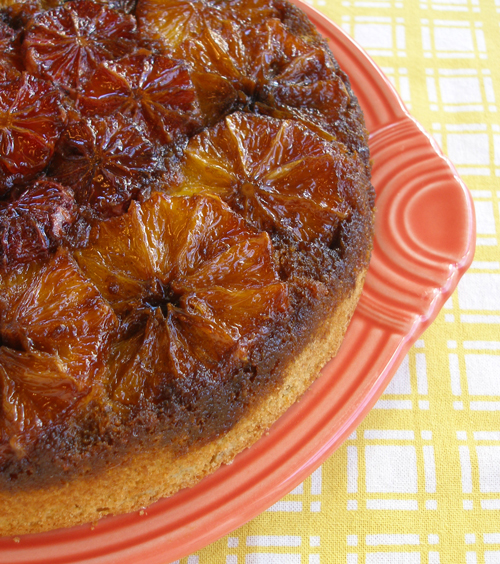
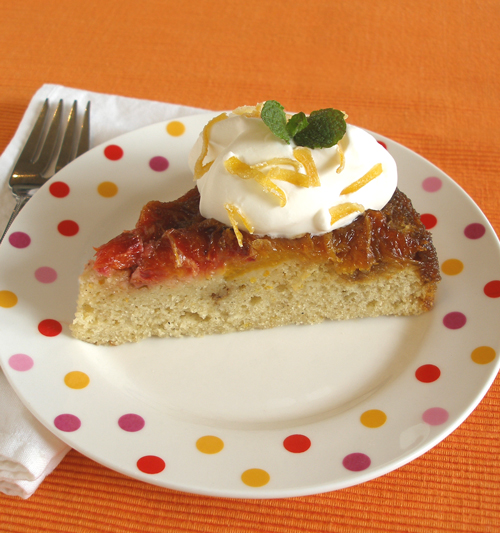
Although you can make this delectable Orange Upside-Down Skillet Cake any time of the year, we think it's best when oranges are at their peak during the winter months. When we can find them, we use tangy blood oranges, because they are stunning, but you can certainly use navel oranges, or even a combination of the two, which is what we have done here. We'll show you below step-by-step how to easily prepare the oranges for baking. We like to bake this cake in a cast iron skillet, but you can use an ovenproof stainless steel frying pan too; the instructions for adjusting the recipe are included. Top wedges of this scrumptious cake with whipped cream for dessert, or serve slices the next morning for a fun breakfast.
CAKE RECIPE HELP
*The blood and navel oranges are from Kelly's backyard tree in California (I'm jealous!)
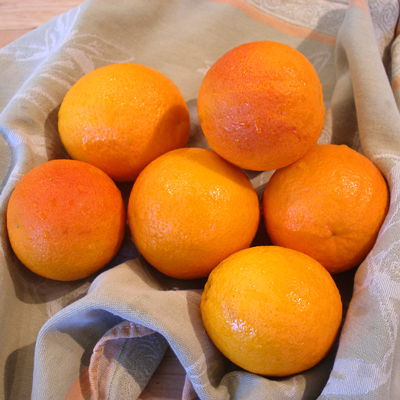
INGREDIENTS
Topping:
3 tablespoons unsalted butter
3/4 cup light or dark brown sugar, packed
about 4 – 5 large blood oranges or navel oranges, or a combination of, peeled and sliced in to 1/4-inch slices
3/4 teaspoons ground cinnamon
Cake:
1 1/2 cups unbleached all-purpose flour; spoon into measuring cup and level to rim
1 1/2 teaspoons baking powder
1 1/2 teaspoons ground cardamom
1/2 teaspoon salt
1/2 cup whole or 2% milk
1 teaspoon vanilla extract
grated zest of 1 orange; zest orange before peeling and slicing
6 tablespoons (3 ounces) unsalted butter
2/3 cup sugar
2 large eggs
Whipped cream, optional
INSTRUCTIONS
STEP I: HEAT THE OVEN. PREPARE THE INGREDIENTS AND THE CAKE'S TOPPING.
1. Adjust the oven rack to the center position and heat the oven to 325 degrees F (if using a cast iron skillet).
SARAH SAYS: If using a stainless steel ovenproof skillet, heat the oven to 350 degrees F.
2. In a medium bowl, sift together the flour, baking powder, cardamom, and salt. Set aside
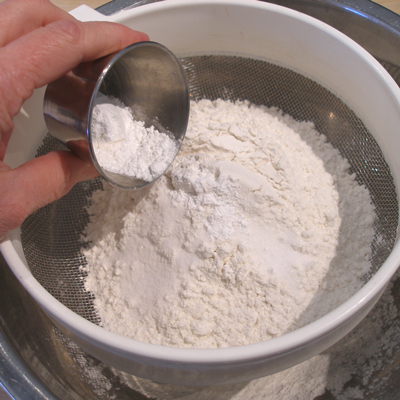
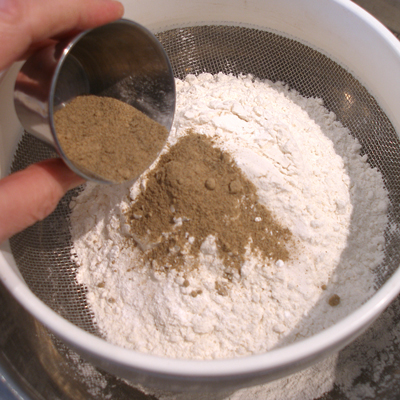
3. In a small bowl, combine the milk, vanilla extract, and orange zest. Set aside.
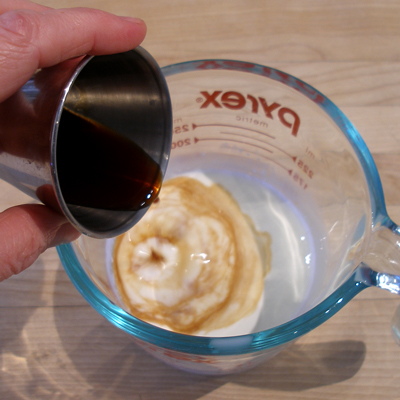
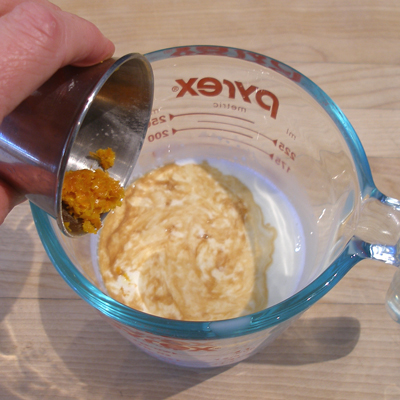
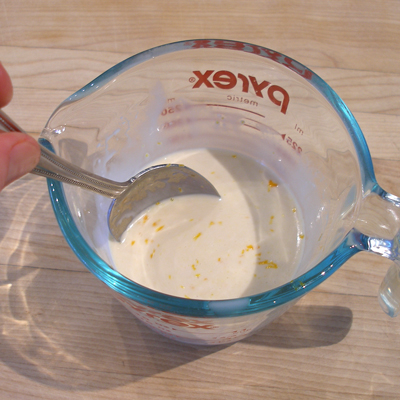
3. On the stove, under medium-low heat, in a 10-inch cast iron skillet, melt the butter with the brown sugar and cinnamon. Remove from heat and allow to cool slightly.
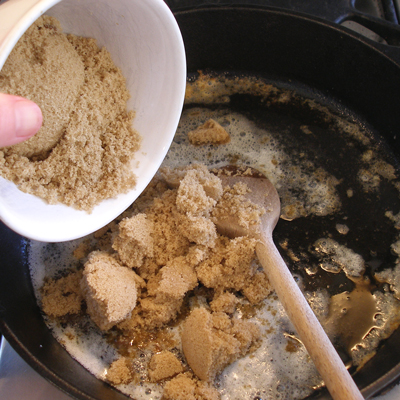
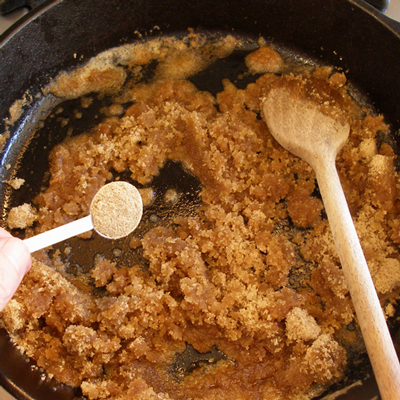
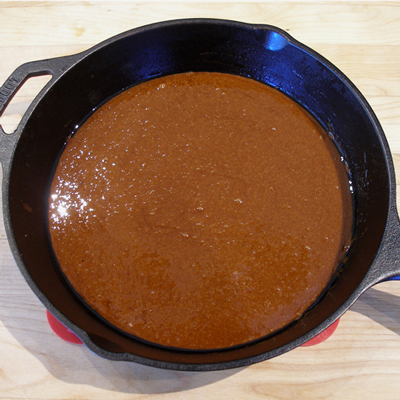
4. Overlap the orange slices in concentric circles over the cooled brown sugar / melted butter mixture. Set aside until needed.
SARAH SAYS: We placed the Blood Orange slices in the middle, and the Navel Orange slices around the perimeter of the pan.
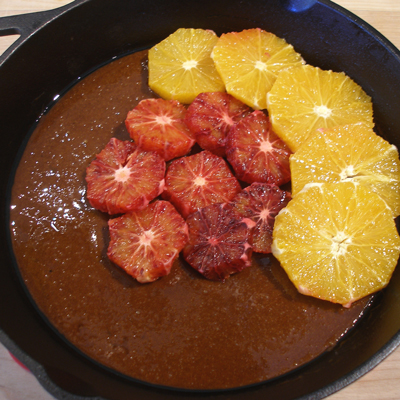
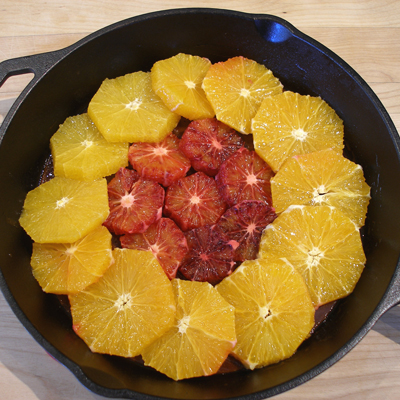
STEP II: MAKE THE CAKE. BAKE AND INVERT. SERVE AND STORAGE.
1. In a stand mixer, fitted with a paddle attachment, beat on the butter on low to medium-low speed until softened.
At the side of the bowl, slowly add the sugar with the mixer on low.
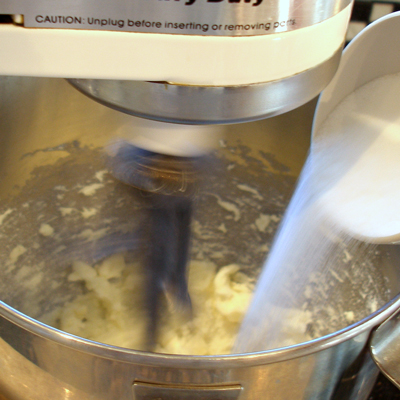
2. Increase the mixer speed to medium, and beat the mixture until lightened in color. It will not become light and fluffy, but rather look shaggy in texture and feel tacky.
Stop the beater blades, and with a large rubber spatula, scrape the blades and the mixer bowl's sides and bottom.
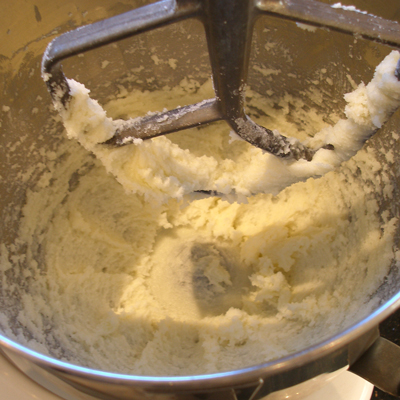
3. With the mixer on low, add the eggs one at a time. Increase the mixer speed to medium and beat for 1 minute more.
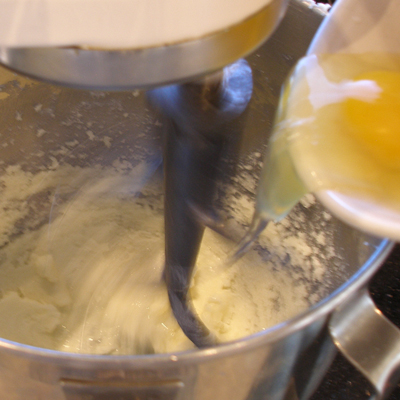
4. With the mixer on low, add in half of the dry ingredients, immediately followed by the milk mixture.
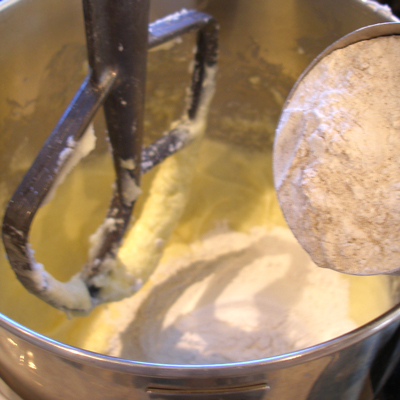
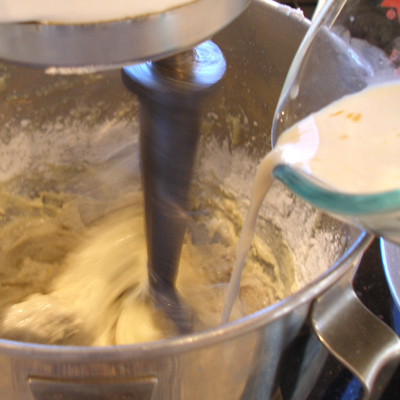
5. Add in the remaining flour mixture, with the mixer on low, and mix until just combined.
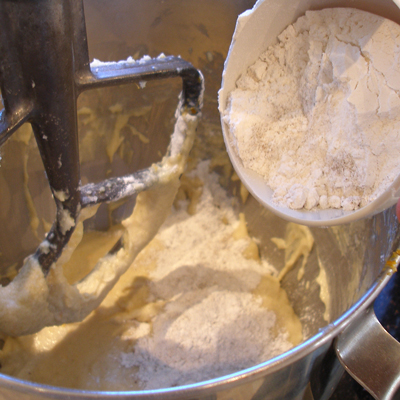
6. Stop the mixer. Scrap the sides and bottom of the bowl.
With a few quick turns of a large rubber spatula, fold the batter.
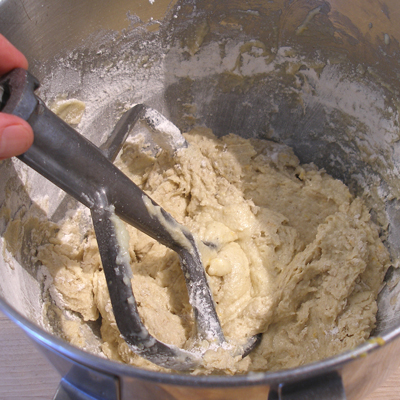
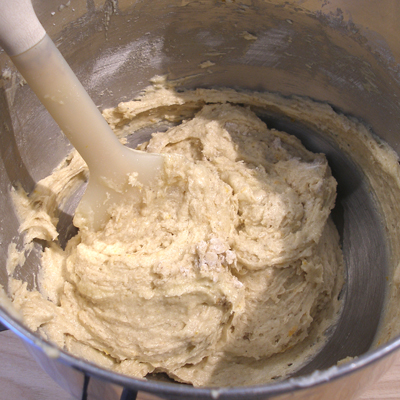
7. Spoon the batter over the orange slices into the prepared pan, spreading it evenly in the pan. Gently smooth the top.
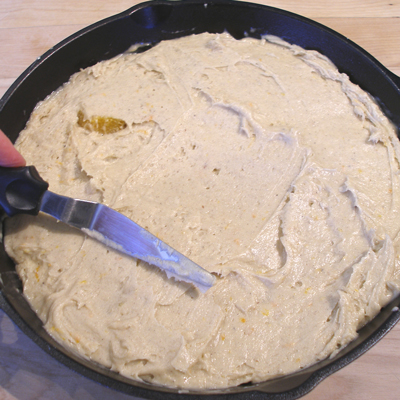
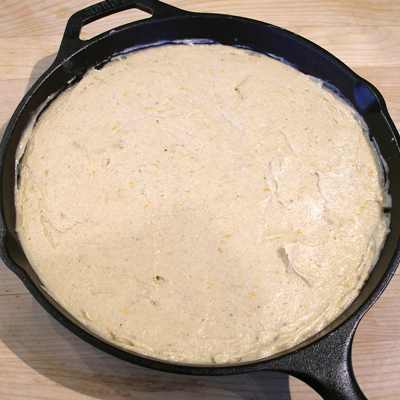
8. Bake for about 32-35 minutes in a cast iron skillet (or about 40 minutes in a stainless steel skillet) or until the edges of the cake are brown and the juices around the sides of the pan begin to bubble.
Remove from the oven and let cool a turned off stovetop for 5 to 10 minutes.
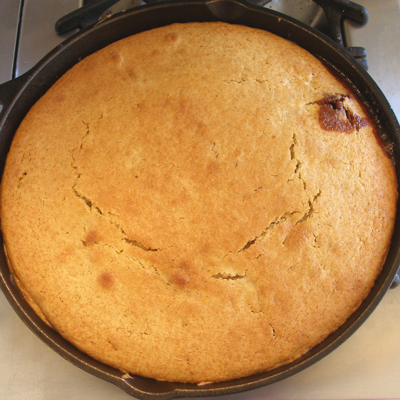
9. Run a thin knife around the edge of the pan to loosen the cake.
Place a serving platter with rims on top of the pan and holding both, invert. Let stand for 5 minutes before removing the pan. If any fruit remains in the pan, carefully arrange back on the cake.
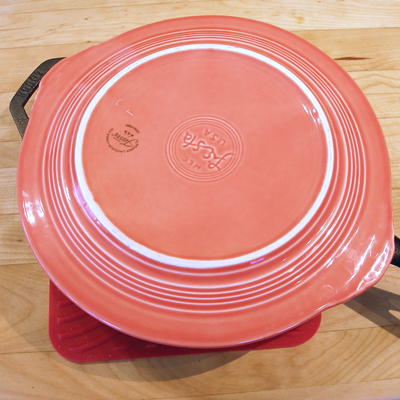
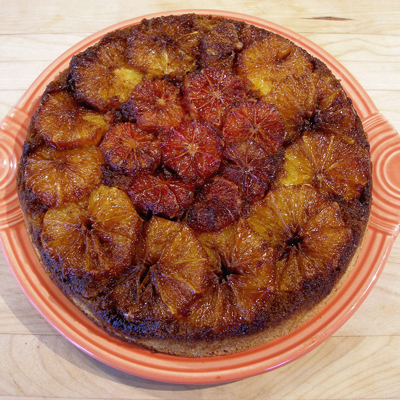
SERVE
Serve the cake warm, in slices, optionally with whipped cream or vanilla ice cream.
Note: Since this cake is best served warm, you can turn the cake out onto a serving platter but leave the skillet (or place a piece of foil) covering the cake which will keep the cake warm.
STORAGE
Cover cake with plastic wrap. Store for one day at room temperature. Then store refrigerate after that for up to three to four more days. Baked cake can be frozen in its pan for up to a month. Or, freeze baked cake in its pan until solid. Remove from pan, then wrap and freeze. Thaw in the refrigerator. Wrap cake in foil and warm in the oven at 300 degrees F until warm or microwave slices on low power.




